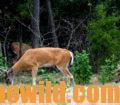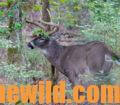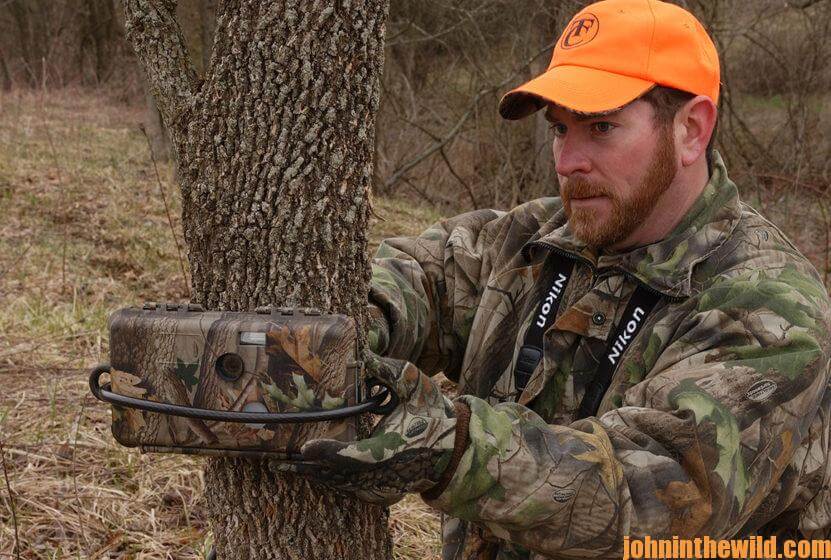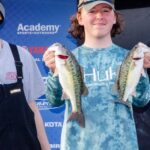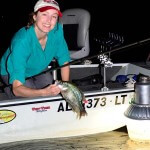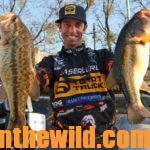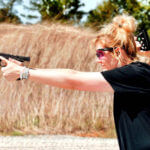Editor’s Note: Each state has different plant times when you’re planting for wildlife. The two best resources for knowing when to plant will be the companies you buy your seeds from and your state Department of Conservation. You can attract deer to an area, if you know what causes deer to come to certain foods at specific times of the year. You can find the magic ingredient that can put bucks where you want them during deer season right under your fingertips. Yet most hunters don’t know how, when or where to use fertilizer, which consistently will pay buck dividends each season. “I’ve seen deer walk through a green field to feed on fertilized plants and pass-by those plants not fertilized,” says Dr. Keith Causey, a retired professor of wildlife science at Auburn University and once head of the deer-research program there. “Deer seem to select the most-nutritious food they can find to eat. Therefore deer will come to and feed on fertilized plants more readily than on plants not fertilized.” You can fertilize green fields, nut and fruit trees and naturally-occurring wild plants to put bucks where you want them during hunting season. You also can plant seeds for wildlife food and put out mineral blocks.
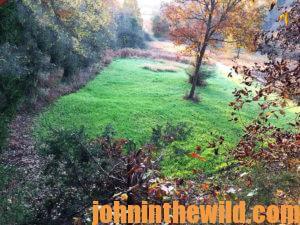 Although you’ll find green fields productive places to plant food plots and lure-in deer, green fields often will pull in as many hunters as deer. That’s why I like to build and hunt hidden spots – regions where I can find high-quality, naturally-occurring food with an abundance of protein that will draw deer in like a magnet. Or, I’ll create small green fields in the woods, about 100-200 yards from major green fields. Then, other hunters can’t find these hidden hot spots as easily as they will green fields. I fertilize naturally-occurring foods in abandoned pastures and clearings, along logging roads, firebreaks, power lines as well as honeysuckle patches, blackberry patches and greenbrier thickets to make honey holes for bucks. The fertilizer increases the protein content in these native plants and causes wild plants to put on more lush foliage.
Although you’ll find green fields productive places to plant food plots and lure-in deer, green fields often will pull in as many hunters as deer. That’s why I like to build and hunt hidden spots – regions where I can find high-quality, naturally-occurring food with an abundance of protein that will draw deer in like a magnet. Or, I’ll create small green fields in the woods, about 100-200 yards from major green fields. Then, other hunters can’t find these hidden hot spots as easily as they will green fields. I fertilize naturally-occurring foods in abandoned pastures and clearings, along logging roads, firebreaks, power lines as well as honeysuckle patches, blackberry patches and greenbrier thickets to make honey holes for bucks. The fertilizer increases the protein content in these native plants and causes wild plants to put on more lush foliage. 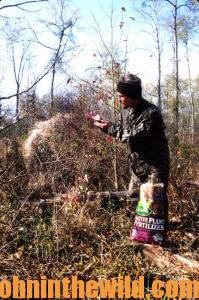 Higher protein levels mean these plants will attract deer. Then you can create a deer hot spot that other hunters won’t locate. If you don’t have the time, the money or the land to plant a green field, you still can increase the available food and the protein level of that food by using time-released fertilizer on these naturally-occurring plants and small green fields.
Higher protein levels mean these plants will attract deer. Then you can create a deer hot spot that other hunters won’t locate. If you don’t have the time, the money or the land to plant a green field, you still can increase the available food and the protein level of that food by using time-released fertilizer on these naturally-occurring plants and small green fields.
How to Create Cheater Trees:
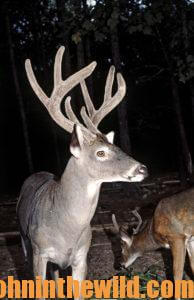 Have you ever noticed how deer will feed under one or two nut or fruit trees more than they will any other nut or fruit trees in a region? Not only do these trees tend to produce more nuts or fruit, but for some reason, the deer seem to like the nuts or fruit from one tree more than they do from another tree. You can know which trees the deer will most likely feed under if you increase the nutritional level of the nuts or fruits that a specific tree produces. Use time-released fertilizer around the drip lines of certain trees, or fertilize with time-released tree tablets or spikes, such as those made by A.M. Leonard (https://www.amleo.com/c/slow-release-fertilizer), Jobe’s Company (https://jobescompany.com/product/jobes-tree-shrub-fertilizer-spikes/) and Forestry Suppliers Scotts Agriform Fertilizer Tablets (https://www.forestry-suppliers.com/product_pages/products.php?mi=16182&itemnum=92904). By encircling a tree with these tree tablets, the tablets will give fertilizer to that nut or fruit tree for up to two years. The fertilizer will help increase the size and the number of nuts or fruits that the tree produces. Many people believe the fertilizer makes the nuts and fruit taste sweeter also. The tree with the fertilizer under it seems to draw more deer than the trees that haven’t been fertilized.
Have you ever noticed how deer will feed under one or two nut or fruit trees more than they will any other nut or fruit trees in a region? Not only do these trees tend to produce more nuts or fruit, but for some reason, the deer seem to like the nuts or fruit from one tree more than they do from another tree. You can know which trees the deer will most likely feed under if you increase the nutritional level of the nuts or fruits that a specific tree produces. Use time-released fertilizer around the drip lines of certain trees, or fertilize with time-released tree tablets or spikes, such as those made by A.M. Leonard (https://www.amleo.com/c/slow-release-fertilizer), Jobe’s Company (https://jobescompany.com/product/jobes-tree-shrub-fertilizer-spikes/) and Forestry Suppliers Scotts Agriform Fertilizer Tablets (https://www.forestry-suppliers.com/product_pages/products.php?mi=16182&itemnum=92904). By encircling a tree with these tree tablets, the tablets will give fertilizer to that nut or fruit tree for up to two years. The fertilizer will help increase the size and the number of nuts or fruits that the tree produces. Many people believe the fertilizer makes the nuts and fruit taste sweeter also. The tree with the fertilizer under it seems to draw more deer than the trees that haven’t been fertilized.
 “I’ve been fertilizing acorn trees for a number of years,” says Larry Norton, a longtime and avid hunter from Butler, Alabama. “I know I see and take more bucks around the trees I fertilize than any other nut trees on the property I hunt. I really believe that the deer come to these trees because the nuts have a sweeter taste and are more nutritious and more abundant. Since I’m the only one who knows which trees I’ve fertilized, and which trees I haven’t, most hunters don’t find my favorite hunting spots.”
“I’ve been fertilizing acorn trees for a number of years,” says Larry Norton, a longtime and avid hunter from Butler, Alabama. “I know I see and take more bucks around the trees I fertilize than any other nut trees on the property I hunt. I really believe that the deer come to these trees because the nuts have a sweeter taste and are more nutritious and more abundant. Since I’m the only one who knows which trees I’ve fertilized, and which trees I haven’t, most hunters don’t find my favorite hunting spots.”
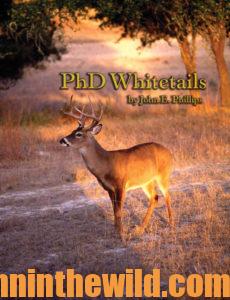 To learn more about hunting for deer, check out John E. Phillips’ deer-hunting book, “PhD Whitetails: How to Hunt and Take the Smartest Deer on Any Property,” available in Kindle and print at http://amzn.to/WIEUoo and Audible at https://www.audible.com/pd/PhD-Whitetails-Audiobook/B08VYMWS6J. You may have to copy and paste this link into your browser. (When you click on this book, notice on the left where Amazon says you can read 10% of the book for free).
To learn more about hunting for deer, check out John E. Phillips’ deer-hunting book, “PhD Whitetails: How to Hunt and Take the Smartest Deer on Any Property,” available in Kindle and print at http://amzn.to/WIEUoo and Audible at https://www.audible.com/pd/PhD-Whitetails-Audiobook/B08VYMWS6J. You may have to copy and paste this link into your browser. (When you click on this book, notice on the left where Amazon says you can read 10% of the book for free).

